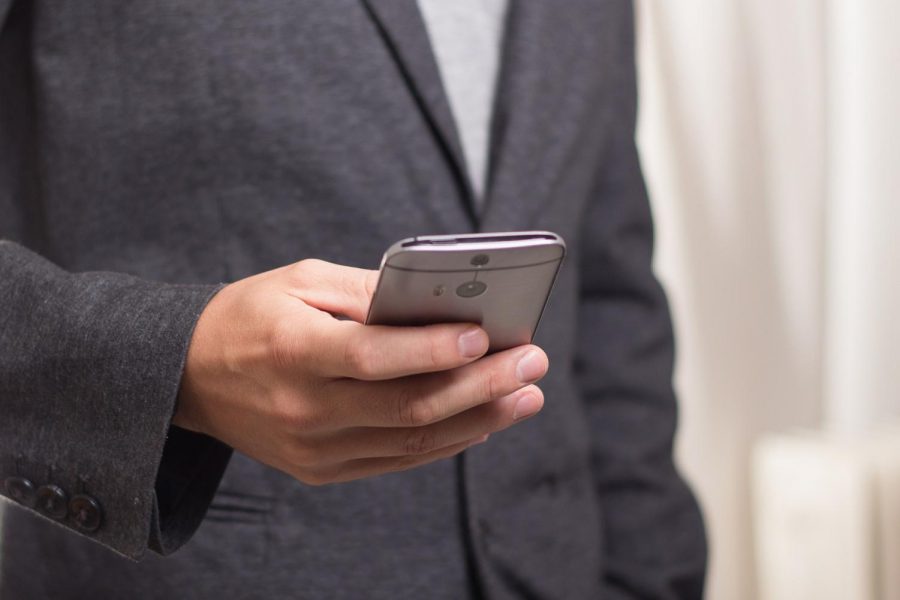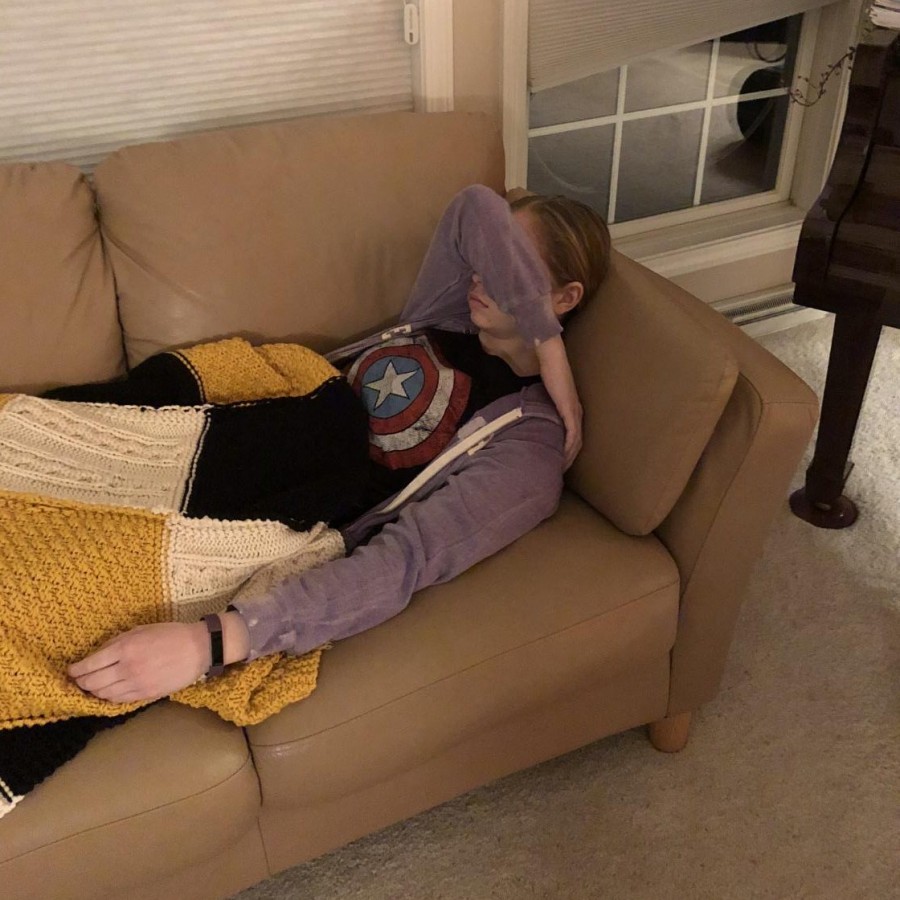Each time a person dines out, or even dines in, they are putting themselves at risk of food poisoning. Although it is rarely thought about, once one gets it, it is impossible to ignore. Luckily, scientists at the University of Massachusetts Amherst have come up with a way to make food poisoning much easier to avoid. How? By using smartphones, of course.
The current technique to identify bacterias which may cause food poisoning takes a lot of time and equipment. Food DNA testing must be done by letting a portion of the food sit for 24 hours to see how much bacteria multiplies. But it is better to wait than risk it. “Bacteria can be in the very, very low numbers, and cause illness,” said microbiologist Lynne McLandsborough. “So that detection needs to detect low numbers.”
McLandsborough is working with a food science professor at the university, Lili He, to make this process much quicker and easier. They are designing an app that can be downloaded onto smartphones and a microscope to be purchased for just $30 to attach to the phone. The device will work with a chemically-coated chip. The chip will bind to even the smallest amounts of bacteria when given just half an hour.
“You can take this microscope attachment for any smartphone,” said one student working in the lab. “And you can clip it right onto the camera.” Adam Salhaney, the student quoted previously, then continued to demonstrate how the device works. He pointed the microscope, attached to his iPhone 7, at a chip they had coated with salmonella. With a little bit of zooming in, it was clear that there was bacteria coating the chip.
Their hope is to avoid the spread of food poisoning in home cooking as well as helping with natural disasters. Oftentimes areas suffering after a natural disaster have a hard time knowing whether water is safe to drink; with the help of this device, they could find safe drinking water for their families.
In the near future researchers at University of Massachusetts Amherst would like to get the microscopes available to the public. As a long term plan, ideally they will be able to find a way for the phones themselves to detect the dangerous bacterias without the attachment of the microscope.









